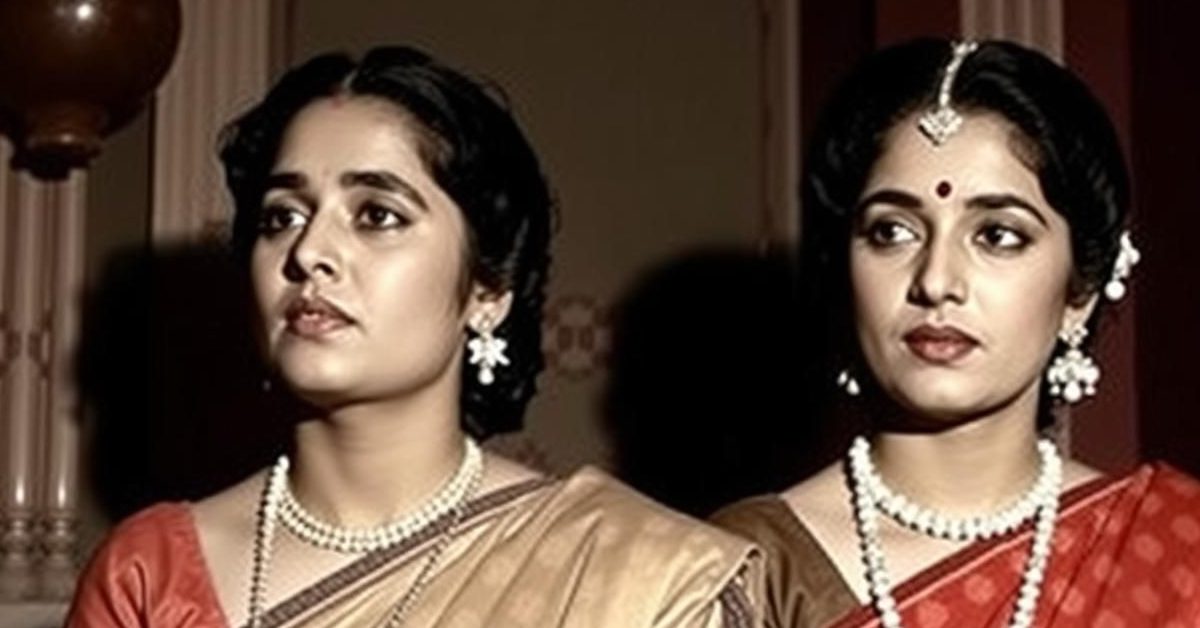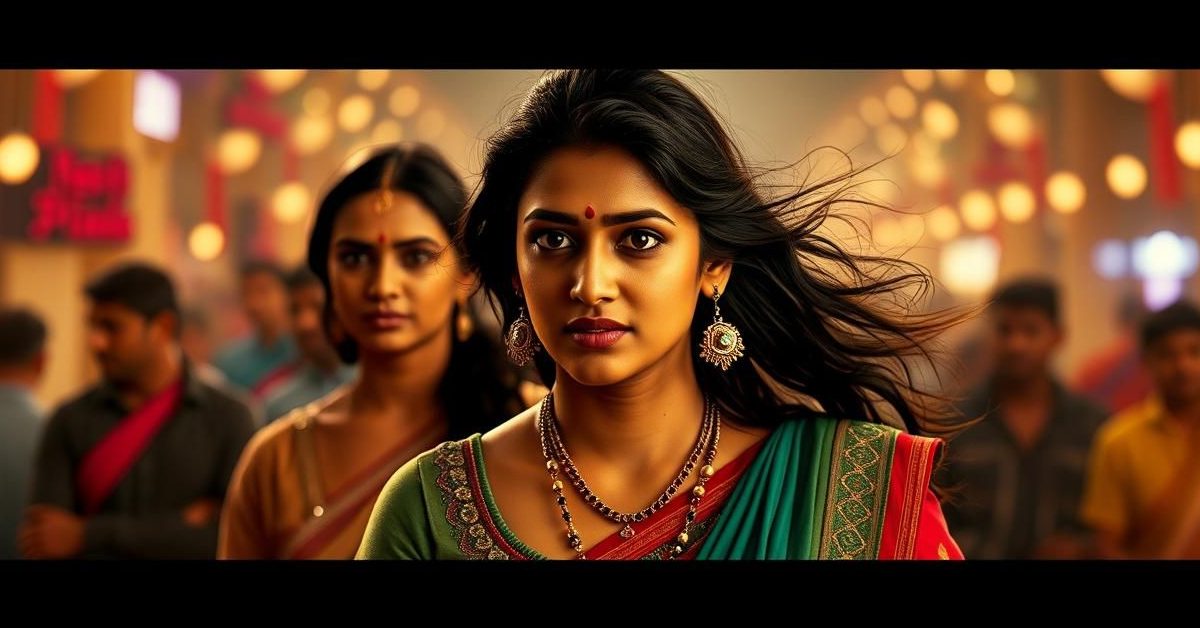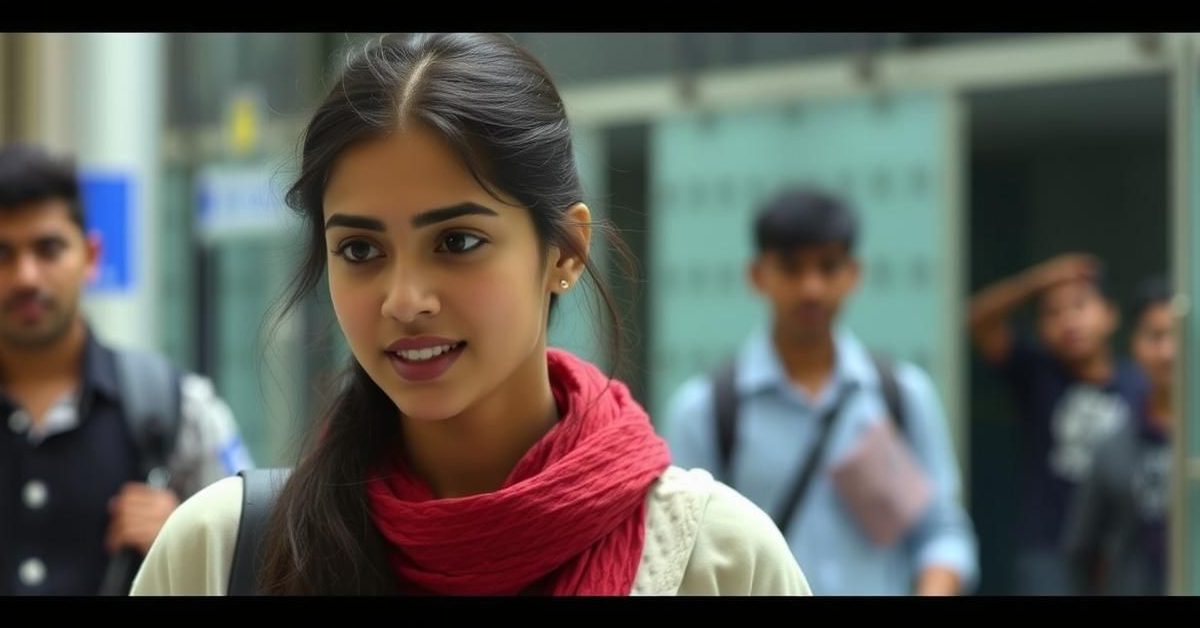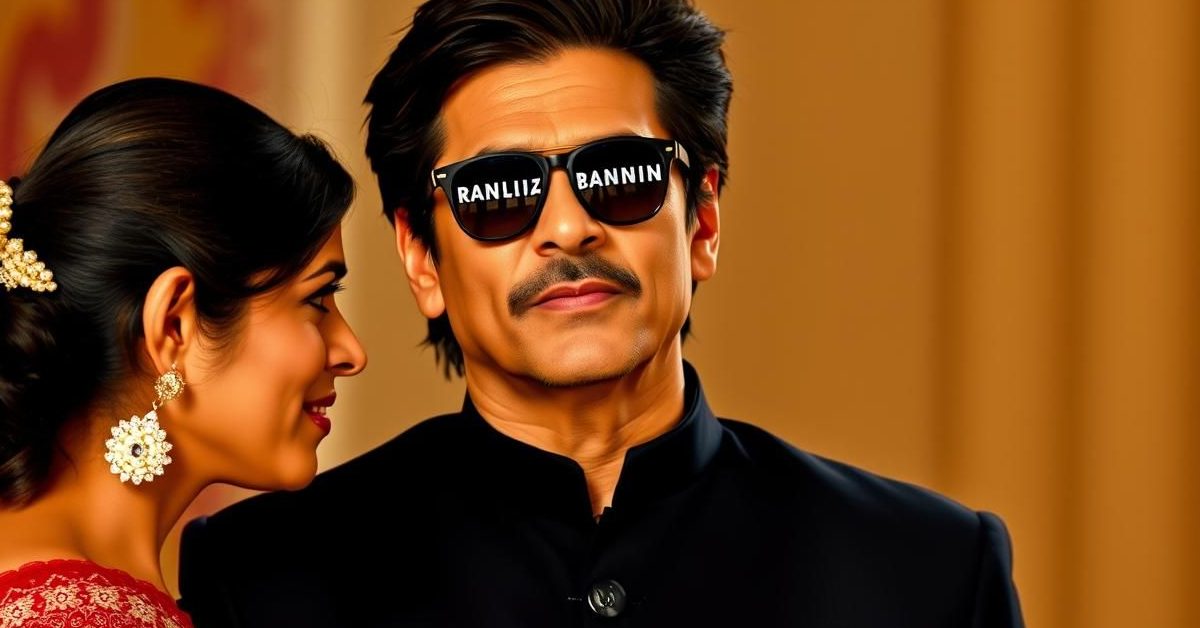The profound and often undefined relationship between cinematic legend Guru Dutt and his muse Waheeda Rehman remains one of Bollywood’s most intriguing stories, marked by artistic collaboration, deep affection, and ultimately, a painful separation.
The Iconic Duo’s Beginning
When Guru Dutt first encountered a young Waheeda Rehman, a budding actress, he was immediately captivated by her strength and innocence. She was just 16, a strong-willed teenager, while he was a seasoned filmmaker in search of fresh talent.
Their connection began as a mentor-muse dynamic, blossoming into a bond that spanned six films, including her Hindi debut in CID and iconic roles in Pyaasa and Kaagaz Ke Phool. Their collaboration produced some of Indian cinema’s most acclaimed works.
Waheeda’s Unwavering Resolve
Waheeda Rehman quickly showcased her fierce independence. When offered a three-year contract with Guru Dutt Films, she laid down two conditions: she wouldn’t change her name and she would have veto power over her costumes. Though initially taken aback, Guru Dutt respected her resolve, accepting both terms after she watched his film Mr and Mrs 55.
Her determination was evident during the filming of CID, where she famously refused to wear a seemingly transparent blouse, halting production until Guru Dutt intervened. He consistently backed her, seeing her immense potential.
From Mentee to Muse: The Films
Guru Dutt’s mentorship was instrumental in shaping Waheeda’s acting. While filming Pyaasa, where she played Gulabo, a sex worker, he guided her through complex emotions, asking her to channel personal feelings like missing her deceased father for emotional depth.
He valued her artistic input, even when others dismissed it. After the first screening of Pyaasa, Waheeda suggested removing a song she felt slowed the film’s pace. Despite initial disagreement from others, Guru Dutt ultimately cut the song, validating her keen artistic instincts.
A Deep, Undefined Connection
Their relationship, though deeply personal, was never publicly defined. Guru Dutt, a married man, remained discreet, and Waheeda, a private person, believed her personal life should remain so. Waheeda’s mother, Mumtaz Begum, was a constant presence and friend to Guru Dutt, yet she worried about her daughter’s future with a married man.
Despite their exclusive contract, Guru Dutt encouraged Waheeda to work with other banners, ensuring she received fair compensation. This showcased his commitment to her career, even outside his own productions.
Kaagaz Ke Phool: A Reflection
Kaagaz Ke Phool, an autobiographical film starring Guru Dutt and Waheeda Rehman, mirrored the complexities of their lives and his marital struggles. Its box office failure deeply affected Guru Dutt, breaking his spirit and making him vow never to direct again.
Associates observed that the film’s protagonist reflected Guru Dutt’s own feelings of being lost and unappreciated. The film’s failure marked a turning point in his life and career, leaving him profoundly heartbroken.
The Painful Parting
By the time Sahib Bibi Aur Ghulam was filmed, their relationship was at a breaking point. Amidst his own marital troubles, Guru Dutt abruptly distanced himself from Waheeda. This sudden shift left her feeling abandoned.
Waheeda’s deep hurt was evident when she refused to return to the studio for a final shot, declaring, “I will not let Guru Dutt touch me.” She eventually agreed, but only on her strict conditions: no touching, no dialogue. Their professional and personal connection ended there.
They met only once more, at the Berlin Film Festival screening of Sahib Bibi Aur Ghulam in 1963. Guru Dutt passed away in October 1964, a lonely and troubled man, much like the characters he so poignantly portrayed.
- Waheeda Rehman insisted on retaining her name and having costume approval, showcasing her early independence.
- Guru Dutt was a supportive mentor, valuing Waheeda’s artistic input even as a newcomer.
- Their relationship was intensely personal but remained undefined, contributing to its enigmatic legacy.
- The failure of Kaagaz Ke Phool deeply impacted Guru Dutt, symbolizing his personal and professional struggles.
- Their separation was abrupt and painful, marking the end of one of Bollywood’s most iconic creative partnerships.
The story of Guru Dutt and Waheeda Rehman transcends a typical film romance, standing as a testament to a complex bond of creative genius, unwavering support, and personal heartache that continues to fascinate film enthusiasts.
The profound and often undefined relationship between cinematic legend Guru Dutt and his muse Waheeda Rehman remains one of Bollywood’s most intriguing stories, marked by artistic collaboration, deep affection, and ultimately, a painful separation.
The Iconic Duo’s Beginning
When Guru Dutt first encountered a young Waheeda Rehman, a budding actress, he was immediately captivated by her strength and innocence. She was just 16, a strong-willed teenager, while he was a seasoned filmmaker in search of fresh talent.
Their connection began as a mentor-muse dynamic, blossoming into a bond that spanned six films, including her Hindi debut in CID and iconic roles in Pyaasa and Kaagaz Ke Phool. Their collaboration produced some of Indian cinema’s most acclaimed works.
Waheeda’s Unwavering Resolve
Waheeda Rehman quickly showcased her fierce independence. When offered a three-year contract with Guru Dutt Films, she laid down two conditions: she wouldn’t change her name and she would have veto power over her costumes. Though initially taken aback, Guru Dutt respected her resolve, accepting both terms after she watched his film Mr and Mrs 55.
Her determination was evident during the filming of CID, where she famously refused to wear a seemingly transparent blouse, halting production until Guru Dutt intervened. He consistently backed her, seeing her immense potential.
From Mentee to Muse: The Films
Guru Dutt’s mentorship was instrumental in shaping Waheeda’s acting. While filming Pyaasa, where she played Gulabo, a sex worker, he guided her through complex emotions, asking her to channel personal feelings like missing her deceased father for emotional depth.
He valued her artistic input, even when others dismissed it. After the first screening of Pyaasa, Waheeda suggested removing a song she felt slowed the film’s pace. Despite initial disagreement from others, Guru Dutt ultimately cut the song, validating her keen artistic instincts.
A Deep, Undefined Connection
Their relationship, though deeply personal, was never publicly defined. Guru Dutt, a married man, remained discreet, and Waheeda, a private person, believed her personal life should remain so. Waheeda’s mother, Mumtaz Begum, was a constant presence and friend to Guru Dutt, yet she worried about her daughter’s future with a married man.
Despite their exclusive contract, Guru Dutt encouraged Waheeda to work with other banners, ensuring she received fair compensation. This showcased his commitment to her career, even outside his own productions.
Kaagaz Ke Phool: A Reflection
Kaagaz Ke Phool, an autobiographical film starring Guru Dutt and Waheeda Rehman, mirrored the complexities of their lives and his marital struggles. Its box office failure deeply affected Guru Dutt, breaking his spirit and making him vow never to direct again.
Associates observed that the film’s protagonist reflected Guru Dutt’s own feelings of being lost and unappreciated. The film’s failure marked a turning point in his life and career, leaving him profoundly heartbroken.
The Painful Parting
By the time Sahib Bibi Aur Ghulam was filmed, their relationship was at a breaking point. Amidst his own marital troubles, Guru Dutt abruptly distanced himself from Waheeda. This sudden shift left her feeling abandoned.
Waheeda’s deep hurt was evident when she refused to return to the studio for a final shot, declaring, “I will not let Guru Dutt touch me.” She eventually agreed, but only on her strict conditions: no touching, no dialogue. Their professional and personal connection ended there.
They met only once more, at the Berlin Film Festival screening of Sahib Bibi Aur Ghulam in 1963. Guru Dutt passed away in October 1964, a lonely and troubled man, much like the characters he so beautifully portrayed.
- Waheeda Rehman insisted on retaining her name and having costume approval, showcasing her early independence.
- Guru Dutt was a supportive mentor, valuing Waheeda’s artistic input even as a newcomer.
- Their relationship was intensely personal but remained undefined, contributing to its enigmatic legacy.
- The failure of Kaagaz Ke Phool deeply impacted Guru Dutt, symbolizing his personal and professional struggles.
- Their separation was abrupt and painful, marking the end of one of Bollywood’s most iconic creative partnerships.
The story of Guru Dutt and Waheeda Rehman transcends a typical film romance, standing as a testament to a complex bond of creative genius, unwavering support, and personal heartache that continues to fascinate film enthusiasts.















